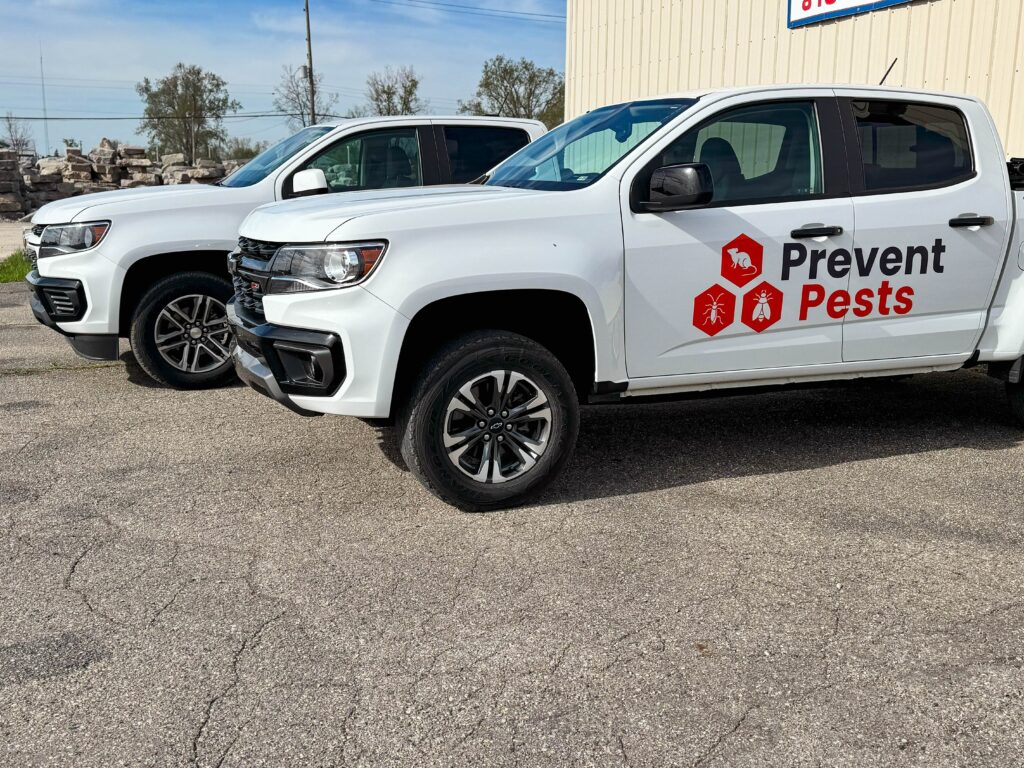Spiders are a common presence in homes throughout the year. For some, they are a harmless nuisance, while for others, they spark immediate concern. The truth is, most spiders are not dangerous, but that doesn’t mean they should be ignored entirely. Homeowners should understand which spiders to watch out for, how to reduce their presence indoors, and when it’s best to let a professional step in.
In this article, we’ll examine how to identify home spiders, what their presence may indicate, and how to manage them effectively and safely.

Understanding the Role of Common Home Spiders
Most spiders you’ll encounter inside your home are not aggressive and are unlikely to bite unless provoked. In fact, many home spiders contribute positively to indoor environments by feeding on common pests like flies, ants, and mosquitoes.
Some of the most common indoor spiders include:
- American house spider: Found in corners and closets, these spiders build tangled webs and rarely move unless disturbed.
- Cellar spider: Also known as daddy longlegs, these spiders are harmless and usually hang upside down in basements or garages.
- Jumping spider: Active during the day, these tiny hunters are often mistaken for ants or beetles.
Although these spiders help reduce insect populations, excessive sightings may signal a larger problem, such as a food source drawing them in or hidden areas of your home that support their nesting.
Signs That Spider Activity Should Be Taken Seriously
A few spider webs tucked away in quiet corners aren’t necessarily a red flag. However, certain patterns or signs should prompt you to investigate further:
- Multiple webs forming quickly across several rooms or areas
- Clusters of egg sacs, which indicate active reproduction
- Frequent sightings of larger, unfamiliar, or potentially venomous spiders
- Unexplained bites that leave itching, swelling, or skin damage
If these signs are present, they may suggest a growing spider population or that your home has become a more attractive environment for pests in general. It’s also worth noting that increased spider activity often reflects an underlying insect issue, since spiders follow their prey.
To help reduce long-term risks, consider reviewing how to protect your home from spiders using preventive strategies that target both spiders and the bugs they feed on.
Why Spiders Enter the Home
Spiders typically enter homes unintentionally, often through small cracks, open windows, or gaps in doors. Understanding what attracts them can help you limit their access and nesting areas.
- Insects: Spiders go where food is available. If your home has other pests, spiders are likely to follow.
- Warmth and shelter: Colder temperatures or rainy conditions may drive spiders indoors.
- Cluttered storage: Basements, garages, and storage areas filled with cardboard, fabric, or paper offer ideal hiding spots.
By keeping your living space clean, reducing clutter, and sealing potential entry points, you make it much harder for spiders to settle in and reproduce.
When You Should Be Concerned About Spiders
Although most home spiders are harmless, certain species can cause medical issues if they bite. Homeowners should be able to identify a few of the more concerning spiders and understand the risks they pose.
- Brown recluse: Light brown with a violin-shaped marking on its back. Prefers dark, quiet places. Bites can cause skin irritation or necrosis in rare cases.
- Black widow: Shiny black with a red hourglass shape on the abdomen. Found in garages, woodpiles, and under decks. Bites can result in pain, cramping, or nausea.
If you believe you’ve encountered one of these spiders, or if you’ve experienced symptoms after a bite, it’s best to err on the side of caution and seek expert advice. Situations like these are among the top reasons to hire pest control, especially if you’re not sure how widespread the issue is.
The Value of Hiring a Professional Pest Control Company
Some spider issues can be managed with regular cleaning and sealing entry points. But more serious or persistent infestations benefit from having a professional pest control plan. Trained technicians know how to identify spider species, locate hidden nests, and treat your home without disrupting beneficial insect populations or creating new problems.
Professional pest control can also:
- Address underlying insect infestations that attract spiders
- Provide targeted treatments for high-risk areas
- Offer preventative care to stop new spiders from moving in
Rather than guessing which DIY product works or risking misidentification, professional help ensures your home stays safe and spider-free in the long term.
The Wrap Up
While most spiders are more helpful than harmful, there are situations where their presence should be taken seriously. Frequent sightings, unfamiliar species, or signs of nests could mean it’s time to take action. With a better understanding of how spiders behave and what they’re drawn to, homeowners can take smarter steps toward reducing their presence and preventing future issues.
If you’re unsure about the level of concern you should have or want expert help identifying and managing home spiders, reach out to Prevent Pests for professional insight and effective solutions.

